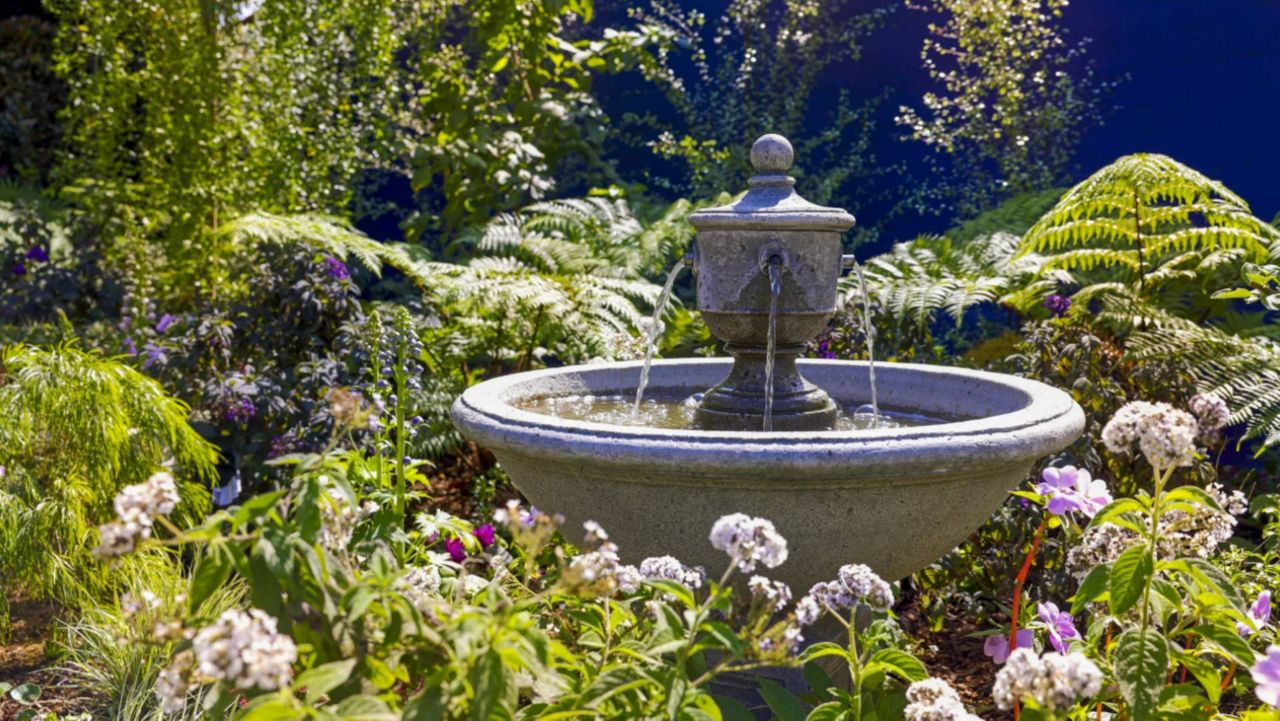This year marks California's most destructive wildfire season in history.
Wine country has suffered an especially damaging toll, with hundreds of thousands of acres burnt, the smell of soot in the air, and grapes covered and spoiled by smoke and ash.
LA Times Reporter Sarah Parvini wrote about Vintage 2020 and how our friends in Wine Country are doing.
What You Need To Know
- Wine country has suffered an especially damaging toll, with hundreds of thousands of acres burnt, the smell of soot in the air, and grapes covered and spoiled by smoke and ash
- Some wine merchants said harvesting this year’s grapes isn’t worth the time or investment because they can’t be recovered
- Smoke contains compounds that bind to the skin of grapes and get absorbed into the fruit
- In general, red wines, especially ones made with thin-skinned grapes like Pinot Noir, tend to be most affected
"Things have not been easy; you have the Glass Fire, which burned through more than 66,000 or so acres in the whole process. The LNU Lightning Complex fires also hit some of these wineries in addition to the Glass Fire. And you also have the August Complex fires in Northern California, which reached about a million acres. So it has not been the best of times for Northern California," said Parvini.
Smoke contains compounds that bind to the skin of grapes and get absorbed into the fruit. The aroma releases through the fermentation and aging process and impacts the wine's flavor.
"What winemakers are saying is that on the red wines, you can tell more than on the white wines just by nature of using the skins. So, basically, the smoke, depending on how bad it is in your particular vineyard, it can really alter the flavor of your grapes and therefore make your wine very ashy," said Parvini.
Parvini says that the smoke damage impacts smaller vineyards more.
"If you're a small place, it might be more of a hit to you. I spoke to one family that owns the Lamborn Family Vineyards, which has just under nine acres. They produce something like 1,800 cases of wine per year, which sounds like a lot, but when you get to some of Napa's big places, they are much larger. They take a hit of something like $100,000 just from the investment in the grapes themselves, and that's not even counting harvesting or processing. That's a lot to stomach for one small family. So, they're trying to figure out another way to use those grapes, but they haven't landed on their solution yet," added Parvini.
Wineries and vineyards have already had a rough year because of the pandemic, but some winemakers have found creative ways to work with the smoky grapes.
"This lady at Hoopes Vineyard has learned from the 2017 fire that she can turn her wine into spirits. In 2017, her grapes were not good, and she didn't know that until she had already gone through processing them. And she tasted them throughout this process up until bottling them. Right before bottling, she tasted the wine again and said it tasted like an ashtray. She knew she couldn't sell that wine to customers but happened to have a trip planned to Kentucky where she met a master at a distillery there and jokingly asked what she can do with the ashy wine. It turned out that there was something they could do with it. So now, she is in the process of aging it, and she is turning it into brandy and vermouth. For the grapes impacted by this year's fires, she is not even going to bother trying to turn them into a bottled wine; instead, she's going to turn them into brandy, too," said Parvini.











